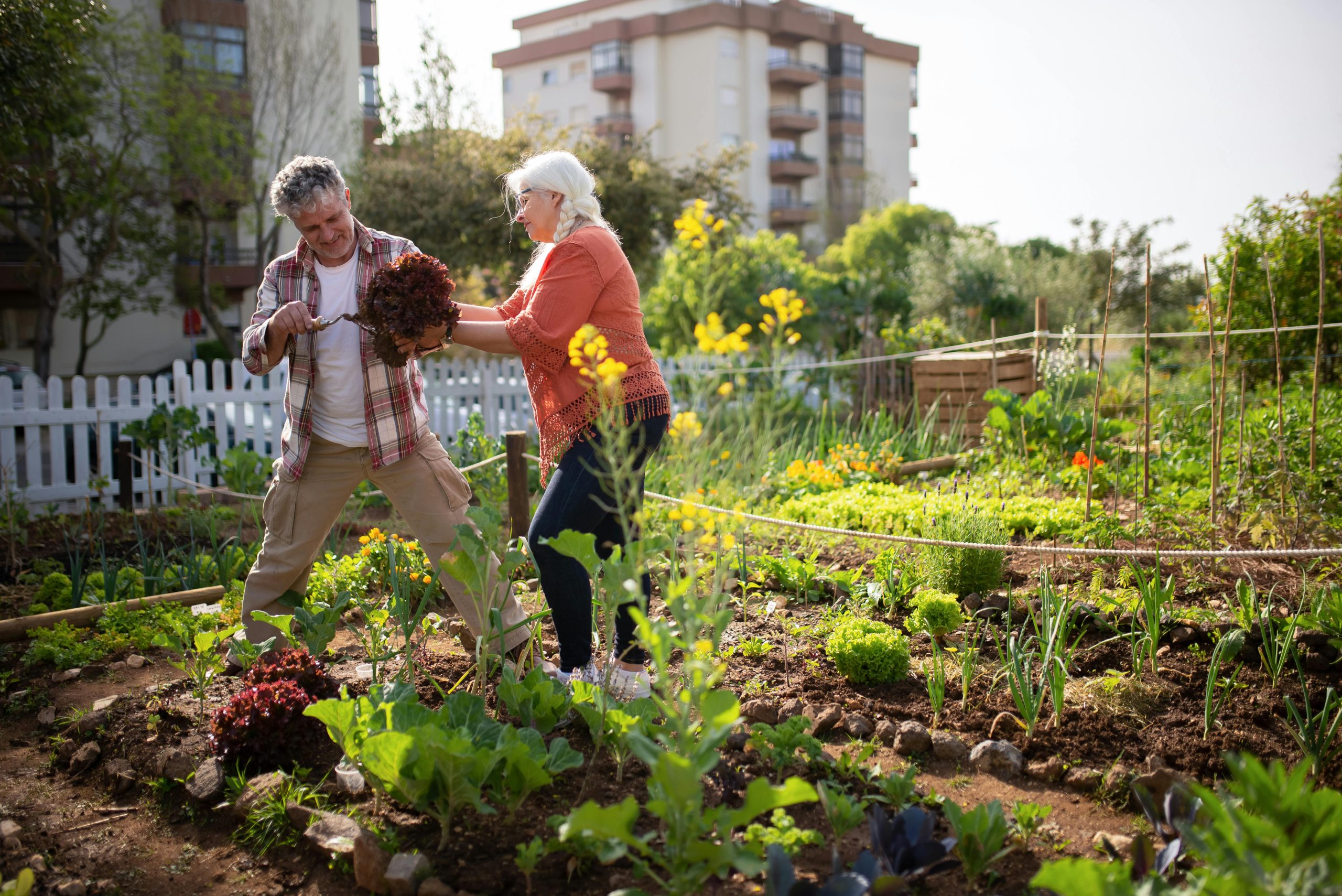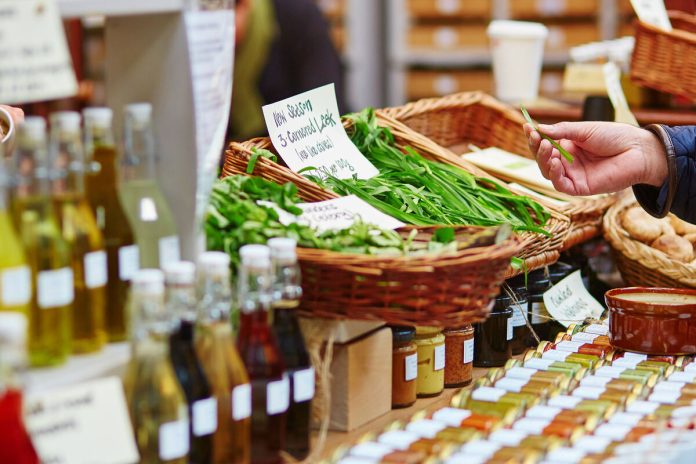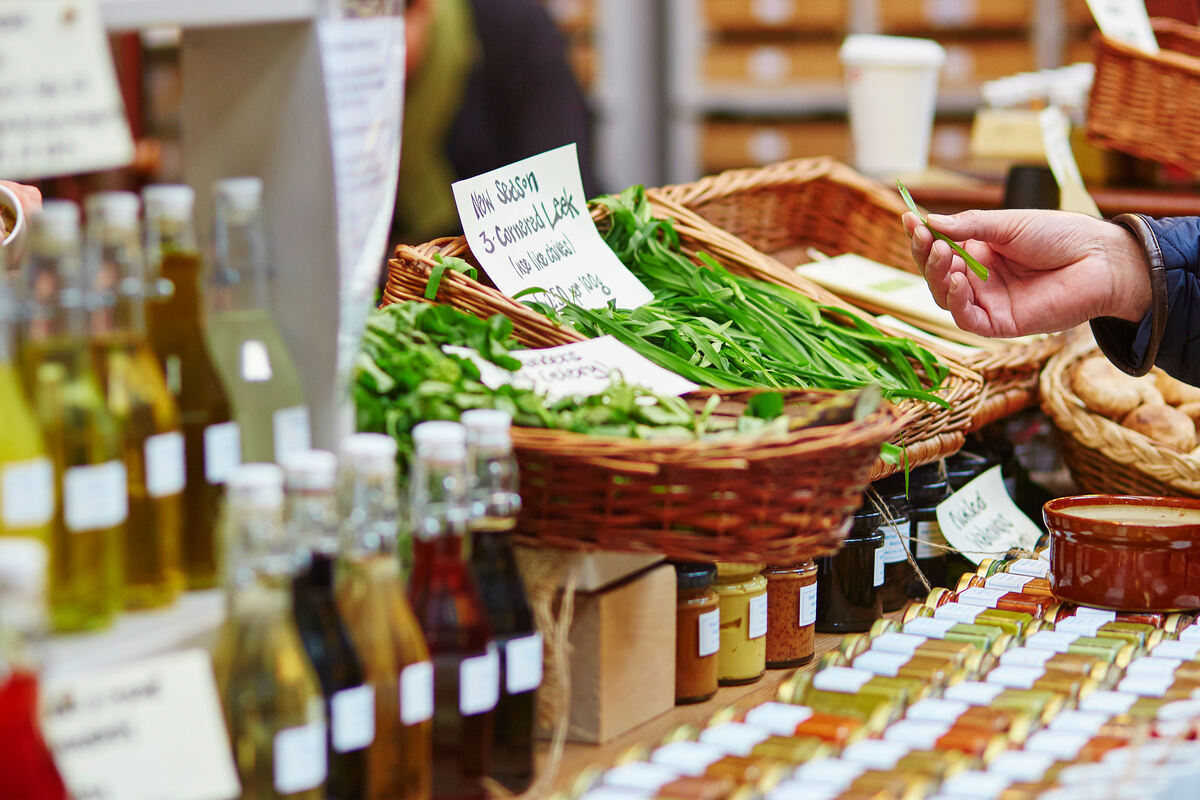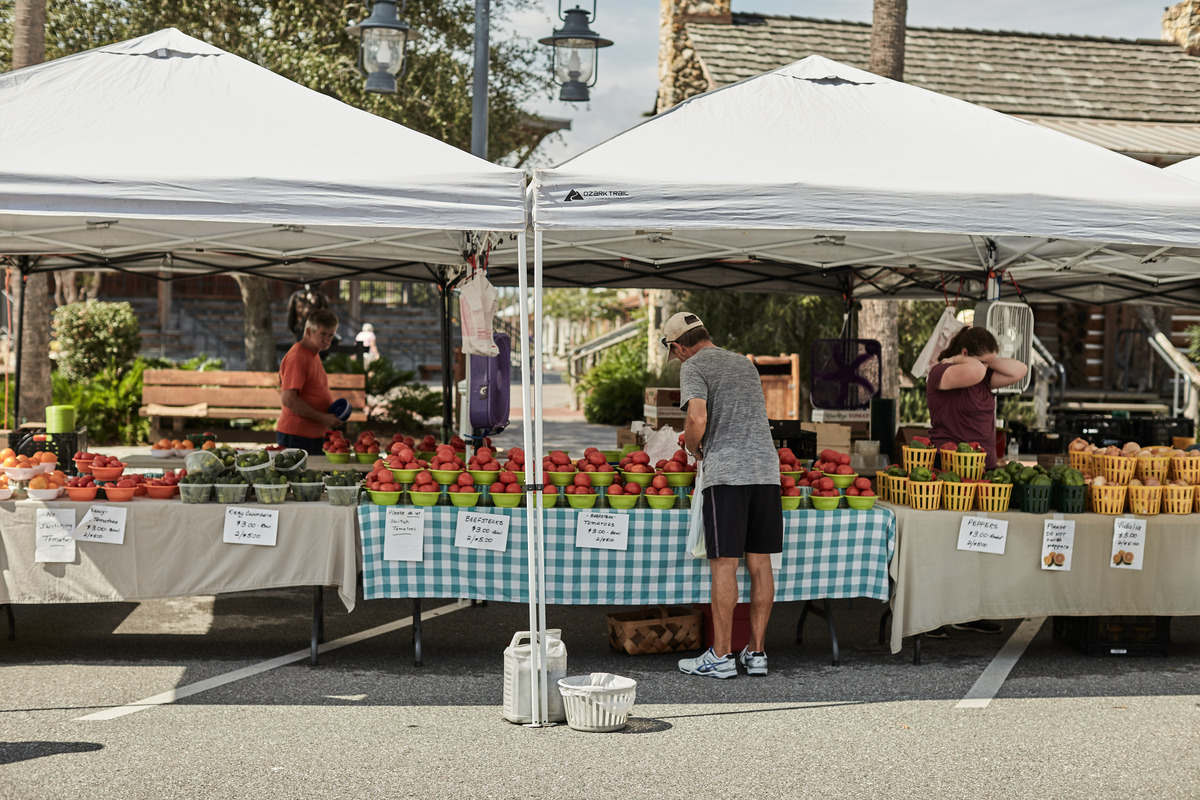Joining a gardening community is a meaningful step towards sustainable living. If you’ve been a solo gardener so far, but you’ve always wondered how green-thumbed neighbors can impact the environment positively, stay put and we’ll fill you in on the fundamentals behind this relationship.
Cultivating Local Food Sources Together
Gardening communities thrive by growing ingredients locally, promoting a sustainable lifestyle. When you join a gardening community you can contribute to:
- Produce that travels fewer miles to reach your table
- Seasonal foods with vibrant flavors
- Reducing dependence on commercial farming
Also, communities of this kind can share land and resources. Some even partner with local schools or food banks. This enhances the accessibility of fresh produce while fostering connections.
It’s not just for suburban or rural communities either. Small plots can transform into collective gardens in urban areas where space is tight. These efforts feed families, reduce waste, and support biodiversity.
The tangible rewards include a sense of pride when harvesting your own tomatoes or beans, and members can even swap seeds, exchange tips on soil management, and organize planting schedules based on climate trends.
Ultimately, growing locally strengthens community bonds while improving personal health and contributing to environmental resilience.
Reducing Carbon Footprints Through Community Initiatives
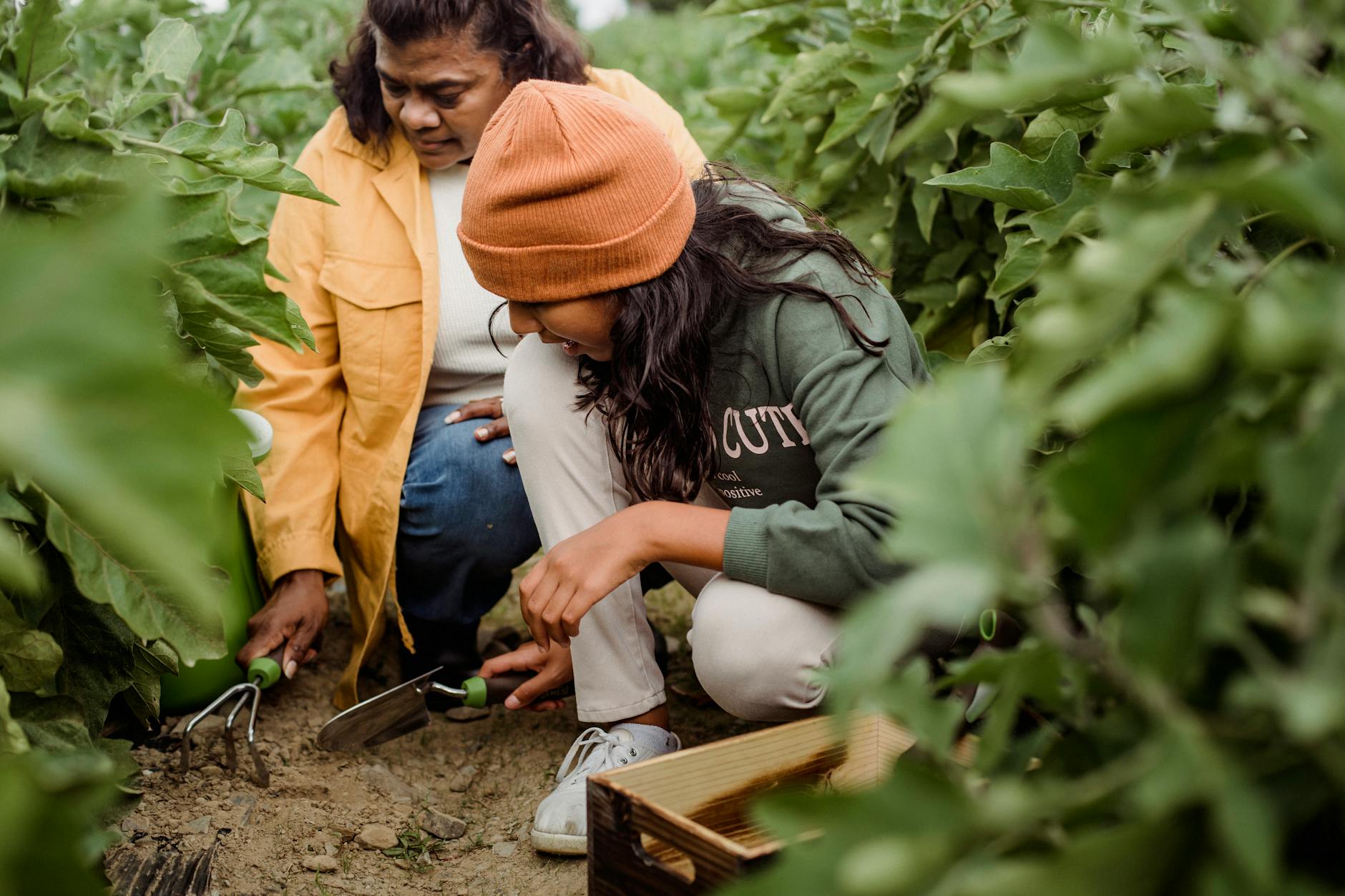
Joining a gardening community not only feeds you but also benefits the planet. Community initiatives tackle carbon emissions through:
- Composting to recycle organic waste into rich soil
- Using manual tools over gasoline-powered alternatives
- Encouraging biking or walking for local transportation of produce
These practices collectively lower greenhouse gas emissions. Sharing resources like water and gardening equipment lets these communities further minimize individual environmental impact.
Members often engage in collective learning sessions on sustainability. These include discussions on permaculture principles and tips for energy-efficient planting methods.
On top of all this, in urban areas, the rollout of rooftop gardens is a way to reduce heat absorption by buildings. This naturally cools environments and lessens the need for air conditioning.
The social aspect is just as crucial, and encouraging sustainable habits spreads easily among members’ friends and families, creating ripples of positive change across neighborhoods.
Shared Gardening Techniques and Knowledge Exchange
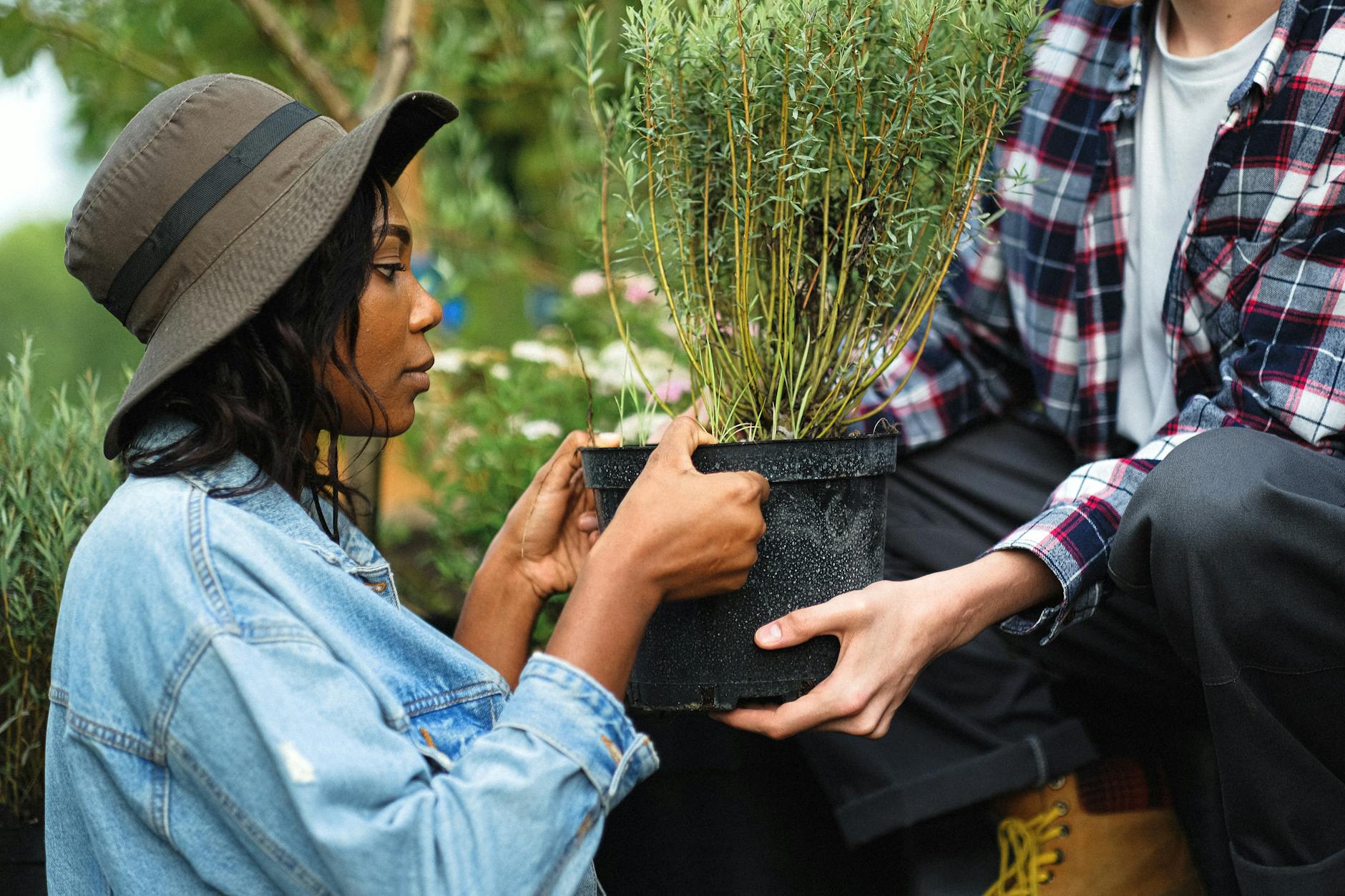
Within a gardening community, collective wisdom elevates everyone’s skills. Members eagerly swap ideas and techniques like:
- Companion planting to boost yields and reduce pests
- Crop rotation strategies for soil health improvement
- Water-saving methods that conserve resources
The collaboration extends beyond casual chats. Workshops become common events where seasoned gardeners demonstrate unique practices.
Experienced members often introduce newcomers to sustainable approaches such as natural pest deterrents or homemade composting solutions.
These knowledge exchanges can lead to unexpected innovations. Sometimes a simple tip about soil composition leads another member to entirely rethink their garden layout, achieving better results with fewer resources.
Digital platforms also help bridge gaps in communication. Online forums allow real-time sharing of successes or challenges while planning group activities.
This shared environment nurtures not just plants but friendships too, cementing relationships through collaborative growth, both literal and figurative, and ensuring everyone benefits from diverse expertise.
Eco-Friendly Practices Adopted by Gardening Groups
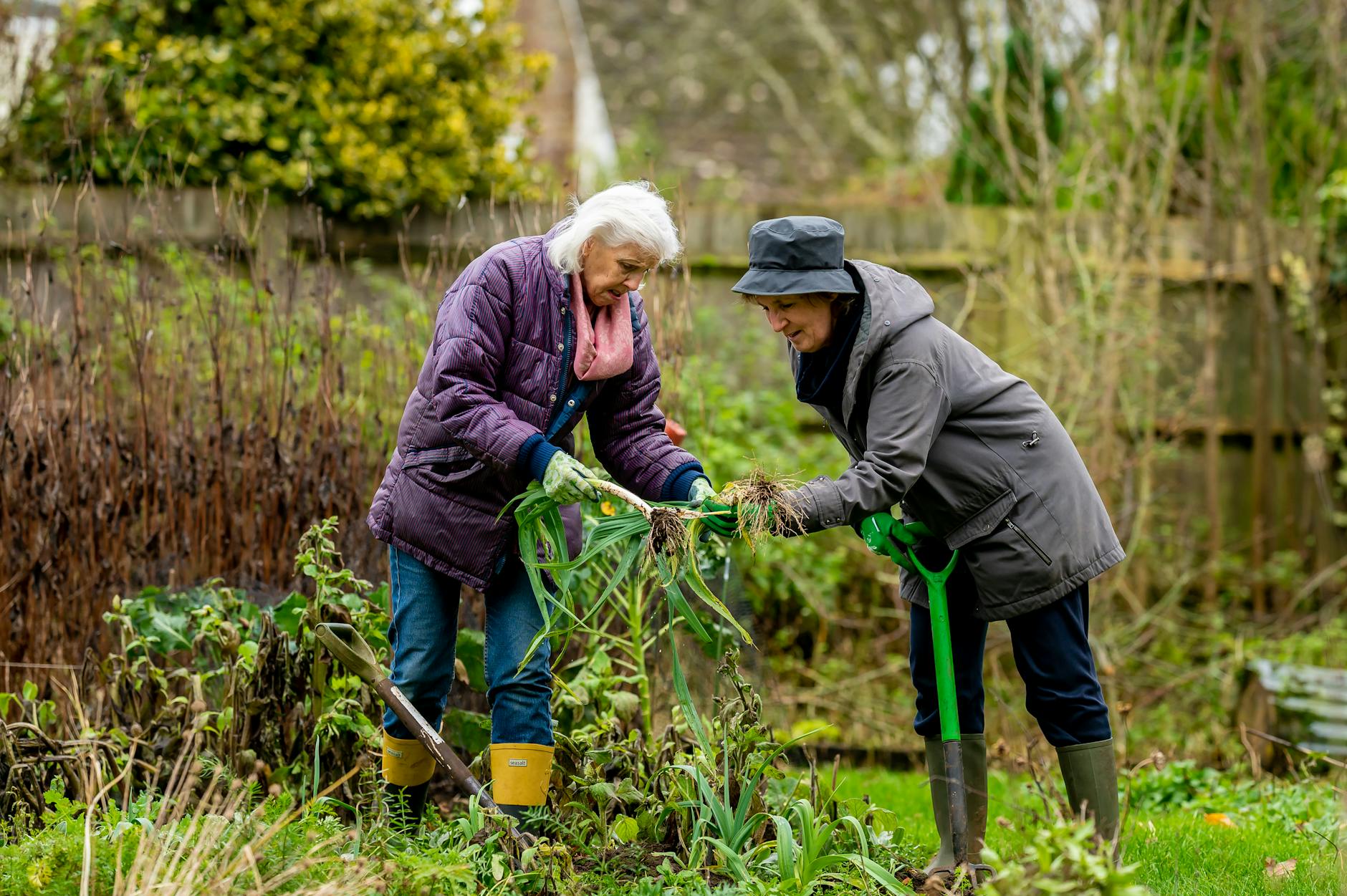
Gardening communities naturally gravitate toward sustainable practices. They champion eco-friendly methods, including:
- Rainwater harvesting systems for efficient irrigation
- Organic fertilizers to maintain chemical-free soil
- Native plant selections that support local ecosystems
Embracing these practices means enhancing biodiversity while reducing environmental impact. Many groups advocate for creating pollinator-friendly spaces with flowering plants that attract bees and butterflies.
These groups often organize clean-up days or workshops on repurposing garden waste into art projects, encouraging creative sustainability.
Conscious choices like using recycled materials for planters or building raised beds from salvaged wood further highlight their commitment to the environment.
Community members frequently engage in discussions about broader ecological impacts. These may include minimizing plastic use within gardens and promoting green living beyond planting activities.
Inspiring Examples of Successful Garden Communities
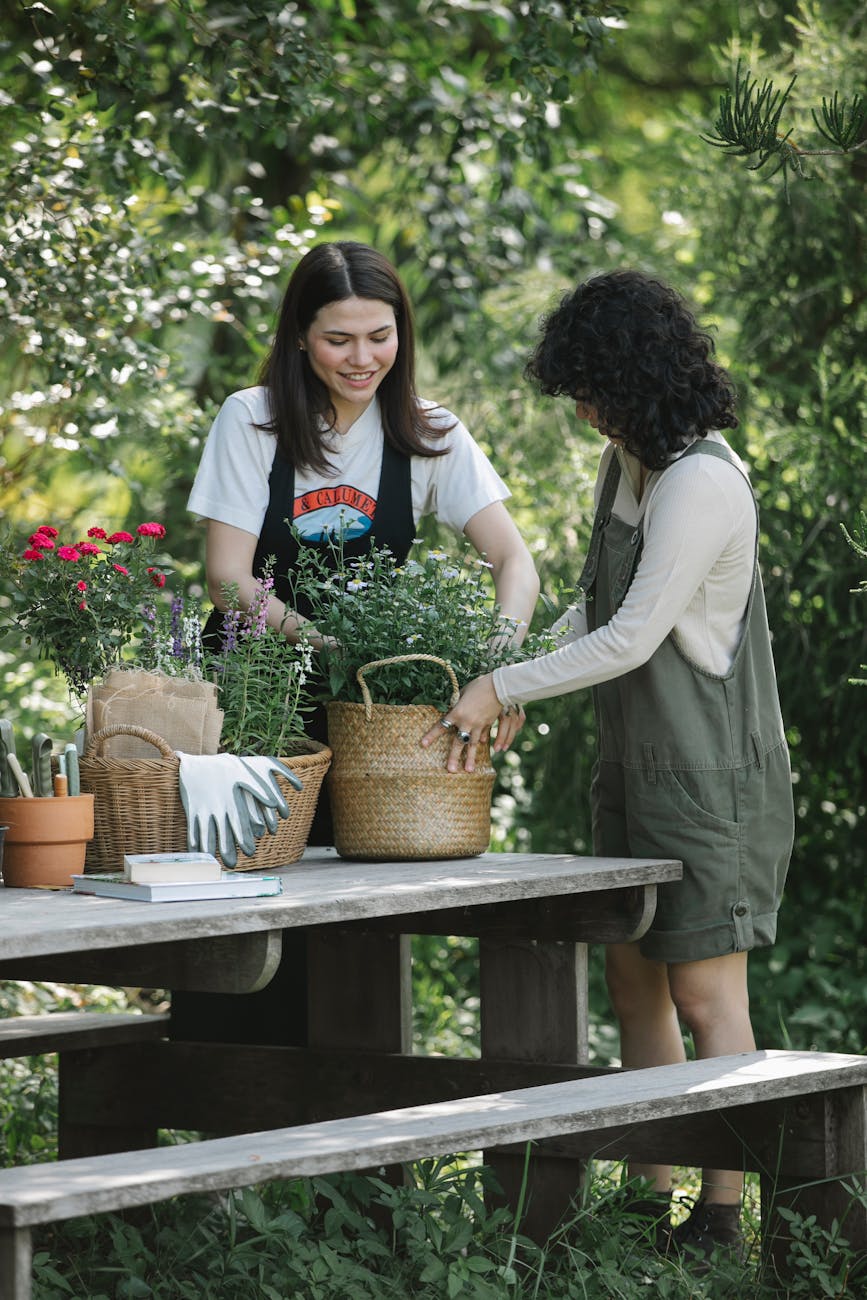
Real-world gardening communities provide powerful models for sustainable living. Consider these inspiring examples:
- Detroit’s Urban Farms have revitalized vacant lots, turning them into thriving community gardens that improve food security and foster social cohesion.
- The P-Patch Community Gardens in Seattle support over 3,000 gardeners across multiple sites, offering shared space to cultivate organic produce while engaging the local community.
- Todmorden’s Incredible Edible Project in the UK transforms public spaces into edible landscapes where residents can freely pick fresh vegetables and herbs.
These initiatives showcase how collective efforts reimagine urban landscapes. Participants not only gain access to fresh produce but also build stronger neighborhood ties.
Such successful stories illustrate a scalable blueprint for other towns and cities aiming to achieve sustainability through cooperation at ground level.
The Last Word
Put simply, gardening as part of a community effort is good for your head, your heart, your soul, and the planet we live on. In an age where isolation and loneliness are rife, and climate catastrophe looms, there are many good reasons to get out into whatever spaces you’ve got available and start making positive change collectively, rather than as an individual.
